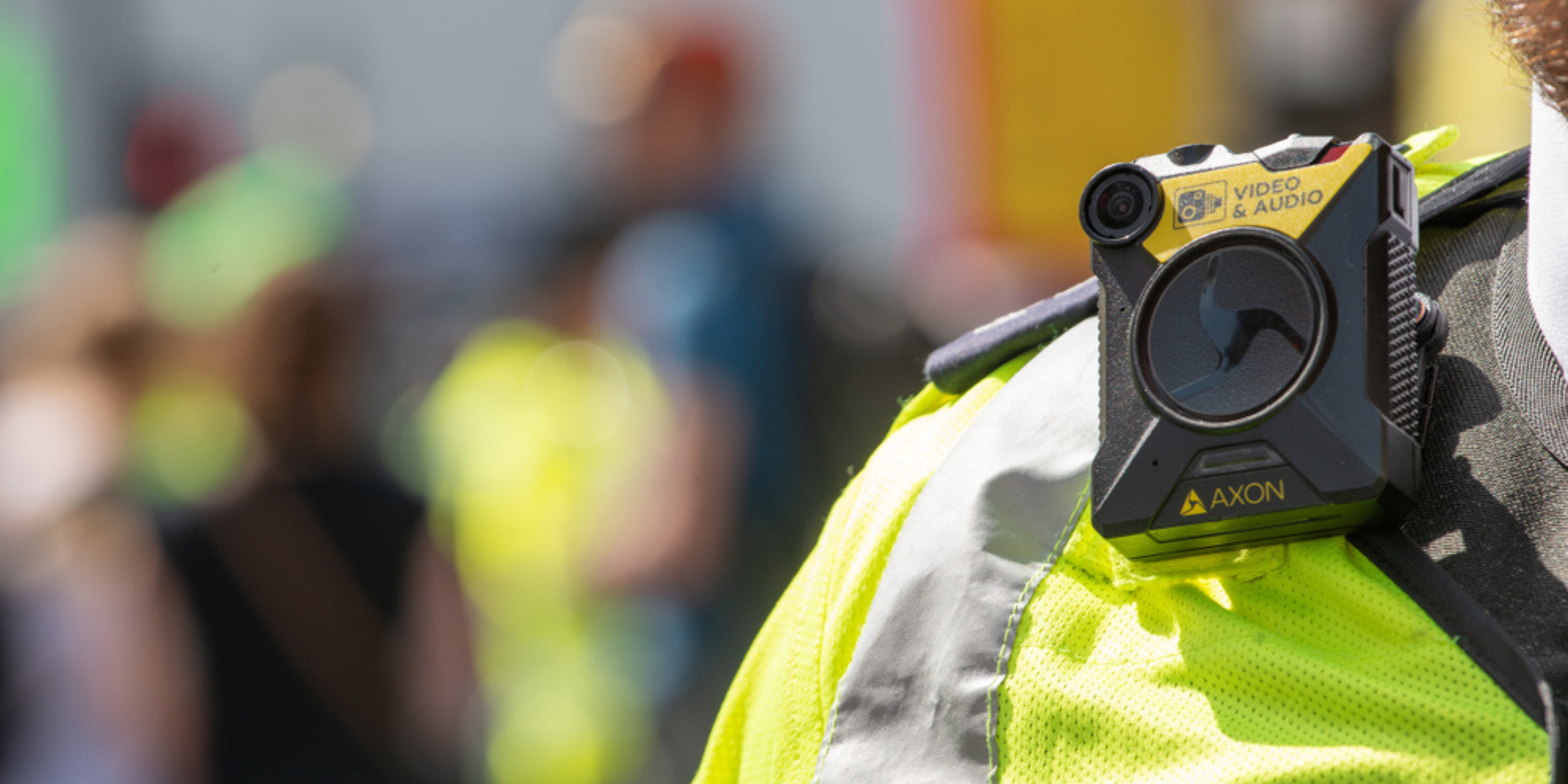DHS Unveils First Department-Wide Policy on Body-Worn Cameras
The Department of Homeland Security (DHS) announced its first department-wide policy on body-worn cameras (BWCs). It applies to all the department’s 80,000 law enforcement officers across its nine operational law enforcement agencies.
The policy update is required under President Biden’s May 2022 Executive Order on Advancing Effective, Accountable Policing and Criminal Justice Practices to Enhance Public Trust and Public Safety. That order, issued on the two-year anniversary of George Floyd’s murder, called for cameras to be activated in all appropriate circumstances.
DHS agencies and offices have 180 days to draft, issue, or update their own BWC policies that meet or exceed DHS guidelines.
“Requiring the use of body-worn cameras by our law enforcement officers and agents is another important step DHS is making to bring our law enforcement workforce to the forefront of innovation, and to further build public trust and confidence in the thousands of dedicated and professional law enforcement officers at DHS,” said Homeland Security Secretary Alejandro N. Mayorkas.
Guidelines
The policy states that DHS law enforcement officers are to wear and activate body-worn cameras “in response to emergency calls, pre-planned arrests, or during execution of a search or seizure warrant or order.”
There are restrictions on the recordings including that BWCs are “not be used for the sole purpose of recording individuals engaged in First Amendment activity.”
In addition, agencies are responsible for ensuring that programs comply and that law enforcement personnel are properly trained. The DHS Office of Strategy, Policy and Plans will be developing metrics to track each agency’s compliance.
Law enforcement officers themselves are deemed responsible for “proper use of BWC equipment, including activation and deactivation, and storage and care of BWC data in their possession.”
Phased-In Approach
Not all DHS law enforcement officers will get the BWCs immediately. Some officers will not get BWCs until funding becomes available, which DHS says it is working to obtain.
Some officers in other agencies including U.S. Customs and Border Protection (CBP) and U.S. Immigration and Customs Enforcement (ICE) have been using the cameras on a trial basis since 2021. The CBP program started in August 2021 at Border Patrol locations across the southwest and northern borders.
The department-wide policy was developed through the DHS Law Enforcement Coordination Council and brings DHS into alignment with the Department of Justice (DOJ) policy on BWCs.
The BWC policy is supported by federal law enforcement organizations including the Federal Law Enforcement Officers Association (FLEOA), as long as it bolsters trust between the public and law enforcement. FLEOA President Larry Cosme told GovExec, “As DHS components issue and update their policies, we will be looking to ensure offices maintain officer privacy and properly regulate the public disclosure of footage.”


